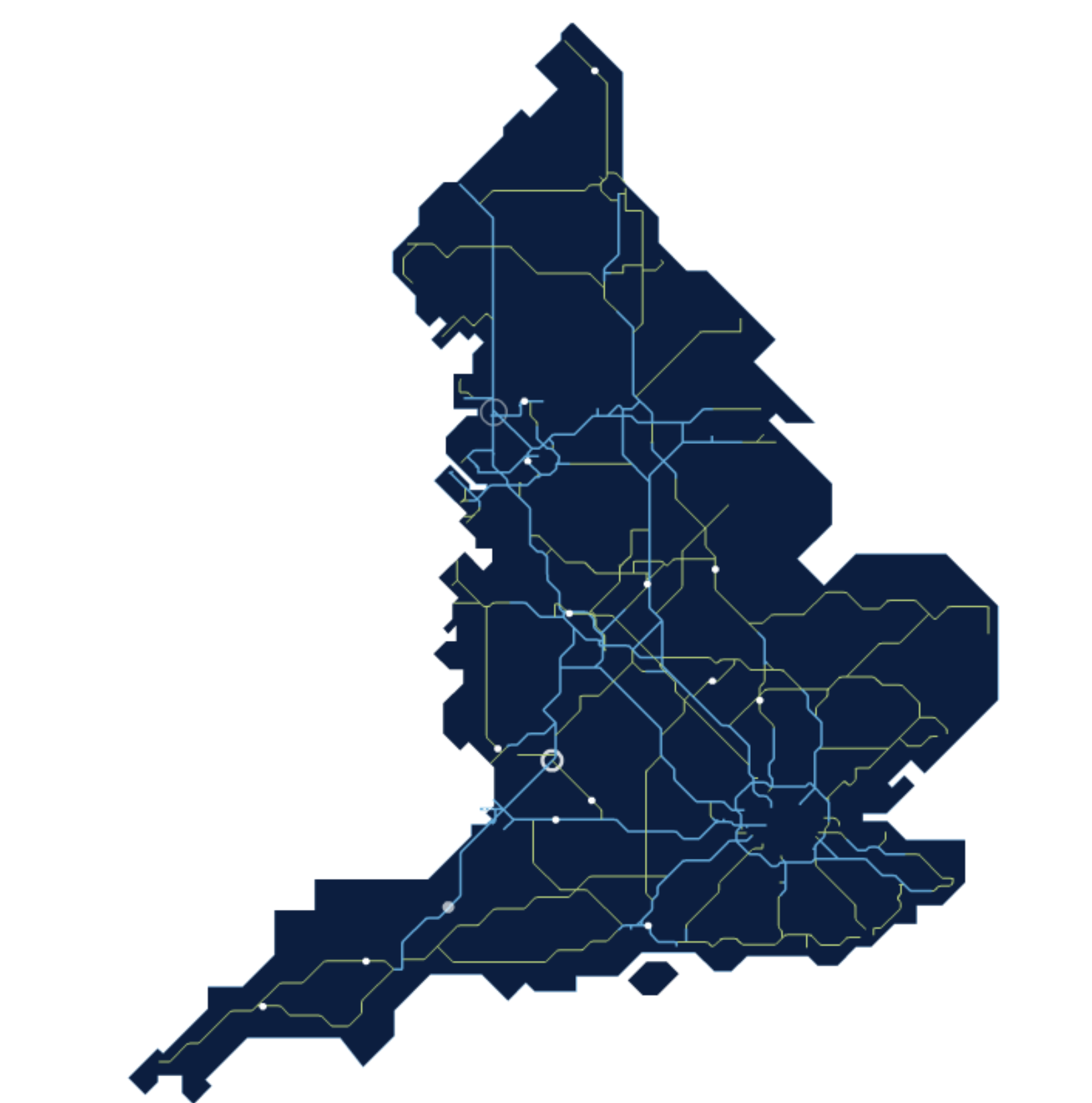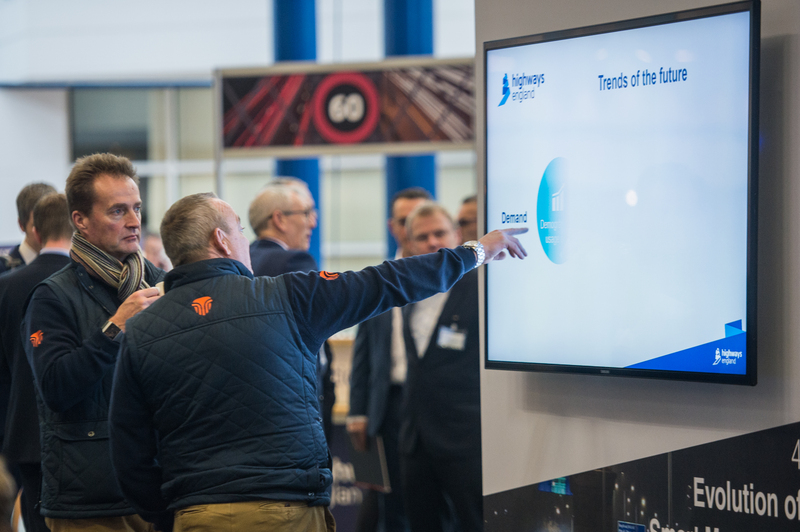Operational Technology Strategy
Our 2035 strategy

Building the strategy
Technology underpins all the work we do at National Highways and across our supply chain. Operational technology is specifically used to operate and enable maintenance of the strategic road network and can be found at the roadside and in our regional operations centres.
Over time, it is expected that some specialists technologies will become more mainstream and may also be employed for a broader range of applications.
This strategy sets our vision and plans for maintaining our current operational technology infrastructure and how it will be used in the future to meet changing needs, deliver improved services and value for money.

Our vision is for operational technology to bring trusted, sought after, timely, relevant information, to the heart of our customers’ experience. This information will help us deliver world leading personalised services.
Operational technology has helped us make great strides in what we deliver to our customers and workforce, providing reliable services to allow them to be safe, and enabling us to tailor services. However, we must also consider that the demand for our service is increasing due to changes in customer needs and the technology employed in delivering mobility.
Customers are demanding more interaction with our network and want highly reliable information to be available almost instantly. At the same time we are managing our legacy technology estate whilst seeking to deliver for our customers in the most cost-effective way for the taxpayer.
We are also aware of the environmental and ecological impact of our operations, and seek to minimise its effects for future generations. Wider environmental trends will also change the way we will operate the strategic road network in the future, for example, how we deal with extreme weather conditions.
A digital world
Technological developments in the vehicle fleets that use our network will require us to adapt our own infrastructure and services. This will present opportunities to reduce the amount of roadside infrastructure we need to use and maintain, offering significant safety and cost benefits.
However, we will need to be able to process more data to provide personalised travel support to our customers.
Changes in propulsion may require us to be able to manage demand for charging and refuelling facilities at our motorway service stations.
Implementing our strategy
Our challenge areas have been organised to allow for natural grouping of activities necessary for our transformation. This enables us to maintain our focus in the implementation of future programmes and projects developed from our initiatives. Our series of initiatives will help us move towards our vision. Our implementation plan, which is in development, supports these initiatives and the strategy:
2025
Safety
Support the business in achieving its Home Safe and Well vision through the optimisation of operational technology
Net zero
Quantify the whole life carbon impact and benefits for operational technology
Connecting customers
Improve availability, and maximise the quality, of our current information channels
Legislation and regulation
Understand how legislation and regulation affects operational technology (and ensure compliance)
Technology
Develop, publish and maintain technology roadmaps to aid planning
Efficiencies
Agree operational technology governance and responsibilities and seek greater benefit from our data and technology
Collaboration
Increase our participation in industry working groups and engagement.
2030
Safety
Continue to enhance the speed of response to incidents on the strategic road network.
Net zero
Tailor procurement and deployment strategies to reduce carbon impacts.
Connecting customers
Expand the range of information channels for customers. Gain more granular and real-time insights into our customers’ journeys.
Legislation and regulation
Proactively shape and adopt new legislation and regulation.
Technology
Fully align with industry standards. Complete alignment with business services.
Efficiencies
Streamline the process taking operational technology service requirements through to deployment.
Collaboration
Develop manufacturer relationships to inform our future. Lead UK’s Cooperative Intelligent Transport Systems (C-ITS) developments.
2035+
Safety
Eliminate implementation of roadside technology requiring on-site maintenance.
Net zero
Optimise service deployment to minimise carbon impacts.
Connecting customers
Significantly influence the journeys our customers make based on their needs.
Legislation and regulation
Be a leading advocate of regulatory change to support in-vehicle technology.
Technology
Reduce and, where possible, eliminate the need for roadside technology in favour of C-ITS solutions.
Efficiencies
World leading seamless end to end management of operational technology services.
Collaboration
Integrated working with other transport authorities to provide seamless services.
Further details about our ambitions can be found on page 14 of our Operational Technology Strategy (PDF 4962kb)
Impact of operation technology
Find out how this might affect your area by following the links below:




